Hello, everyone! I’m Bijan, and I’m excited to join the Department of Biology as a PhD student under the supervision of Eran Elhaik. My research focuses on developing computational tools to analyse ancient and modern DNA, enabling us to reconstruct detailed migration histories of human and animal populations. I’m currently building an open-source platform—ancient GPS (aGPS)—that integrates genomic, historical, archaeological, and geographic data to map how species have moved and interacted over time. The aim is to turn genetic signals into clear, interpretable insights about past events, migration routes, and the interplay between biology and culture. Looking ahead, I plan to expand this work to include environmental DNA and ancient medical data, exploring how ecosystems and diseases shaped population dynamics.
My path to biology has been shaped by a deep curiosity and a drive to solve complex problems. I began in numerical modeling, designing antennas for satellite communication using advanced mathematical methods. Over time, I moved into software development—building tools for tumor detection in MRI scans, anti-counterfeiting image analysis, and weather forecasting through radio occultation. This led to work in signal processing for GNSS receivers and, eventually, into big data and machine learning. I’ve analysed EEG signals to predict human decision-making, optimised lithium-ion battery production with AI, and contributed to national-scale planning for technologies like the Internet of Things. Across research environments in Iran, China, Austria/Germany, I’ve built a toolkit that brings together precision, creativity, and systems thinking skills I’m now applying to open questions in biology here at Lund.
Beyond the lab, I’m drawn to ideas—especially in philosophy and literature—that explore how science shapes our understanding of the world. I’m particularly interested in the philosophical dimensions of biology, genetics, and mind, and always open to conversations on those topics. I also enjoy photography—capturing the moon is a quiet ritual for me—and I look forward to exploring Sweden’s landscapes by bike and on foot. If you’d like to talk about science, philosophy, or just share a good film recommendation, I’d love to connect. Looking forward to meeting you all!

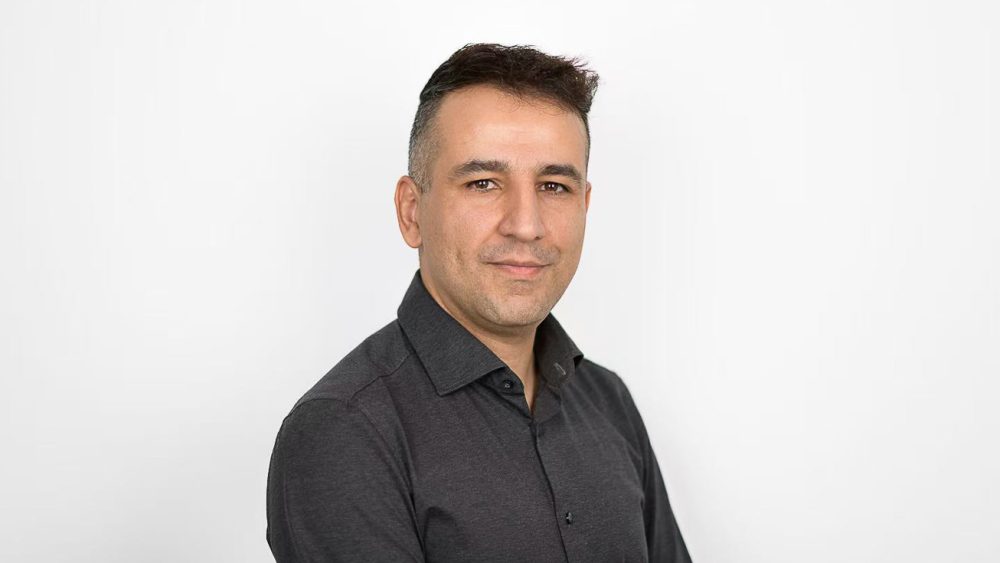
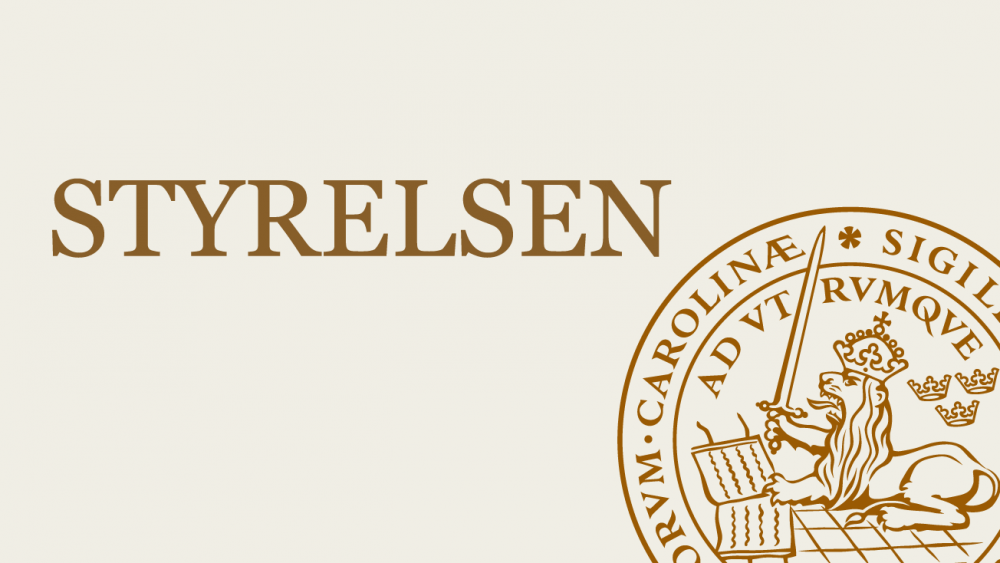
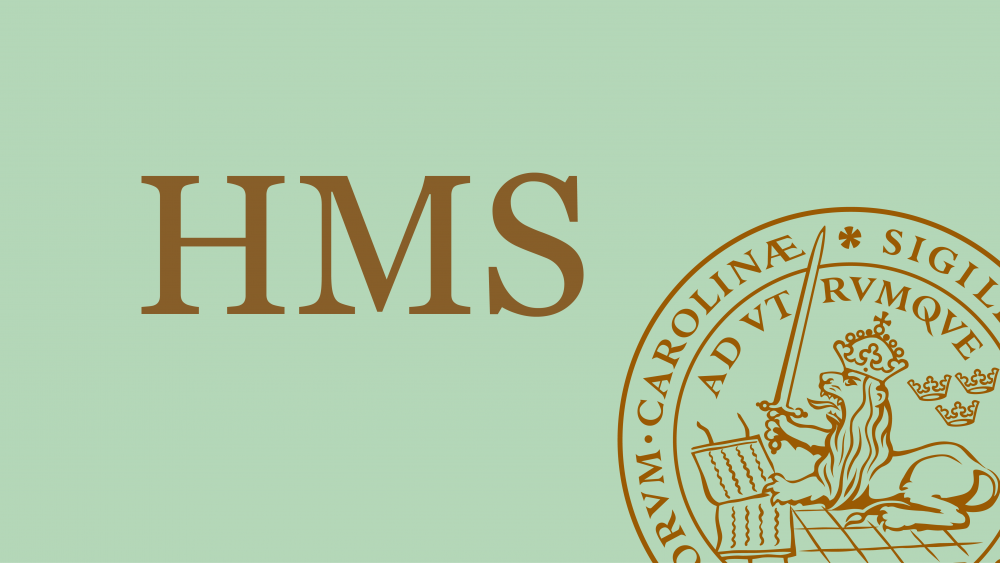
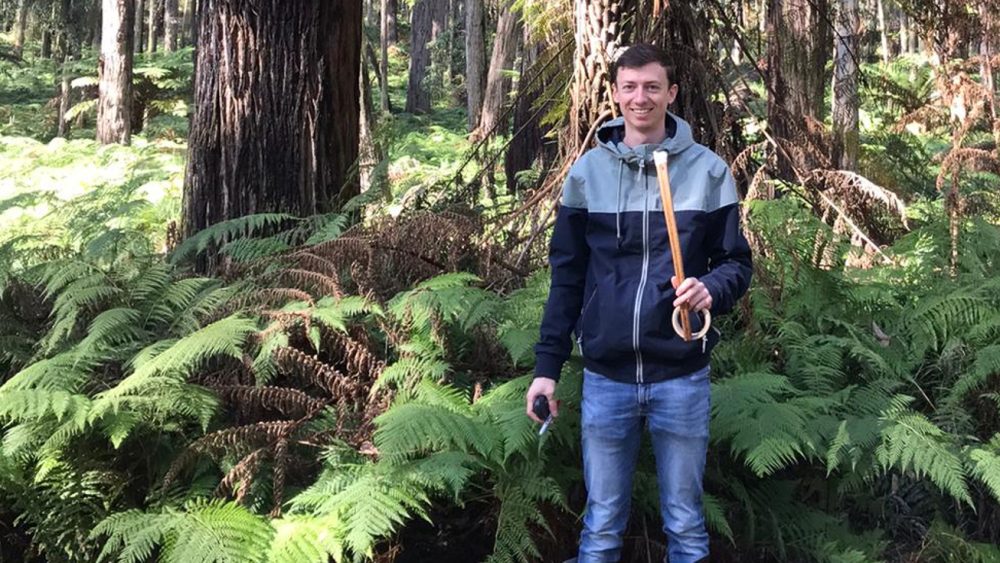

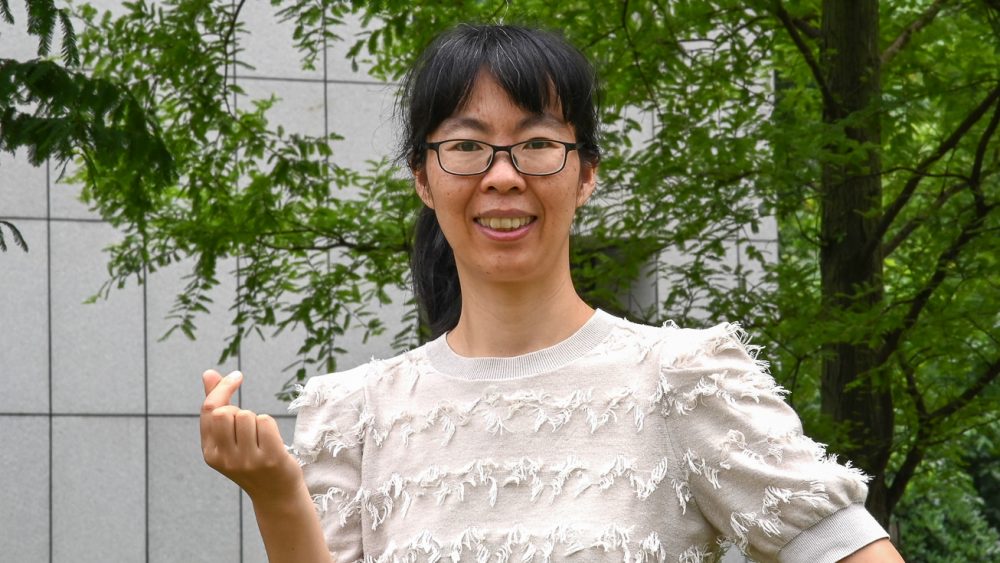
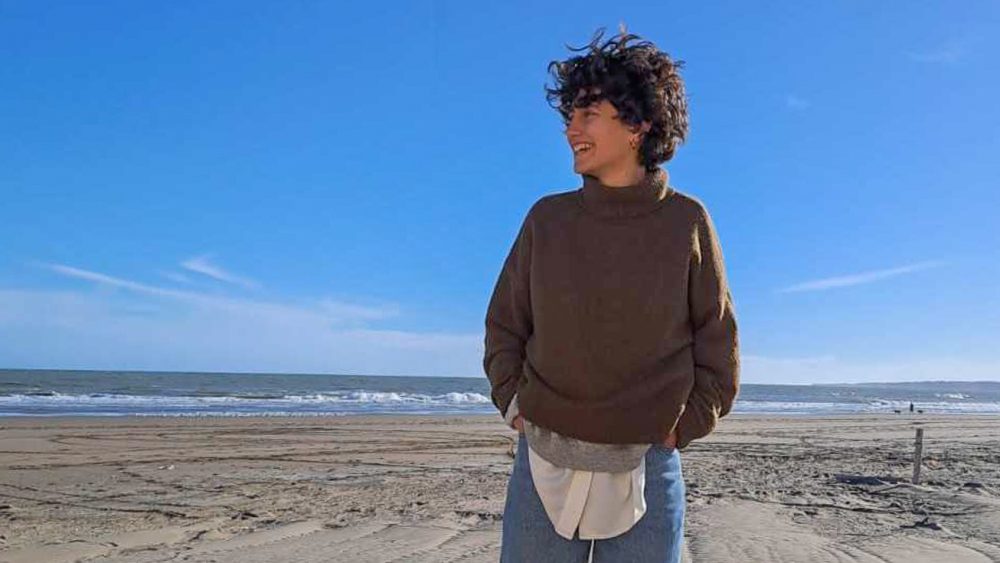
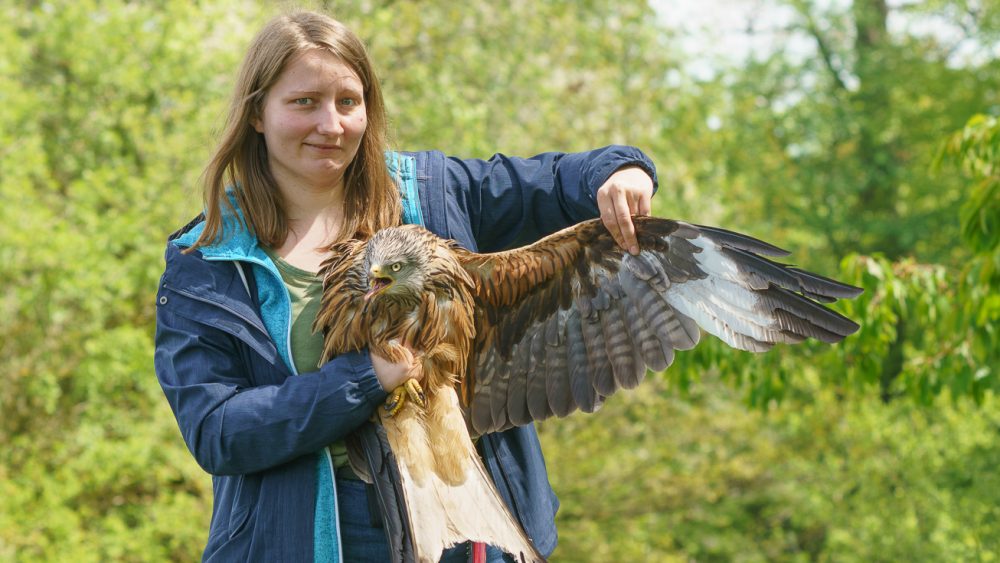
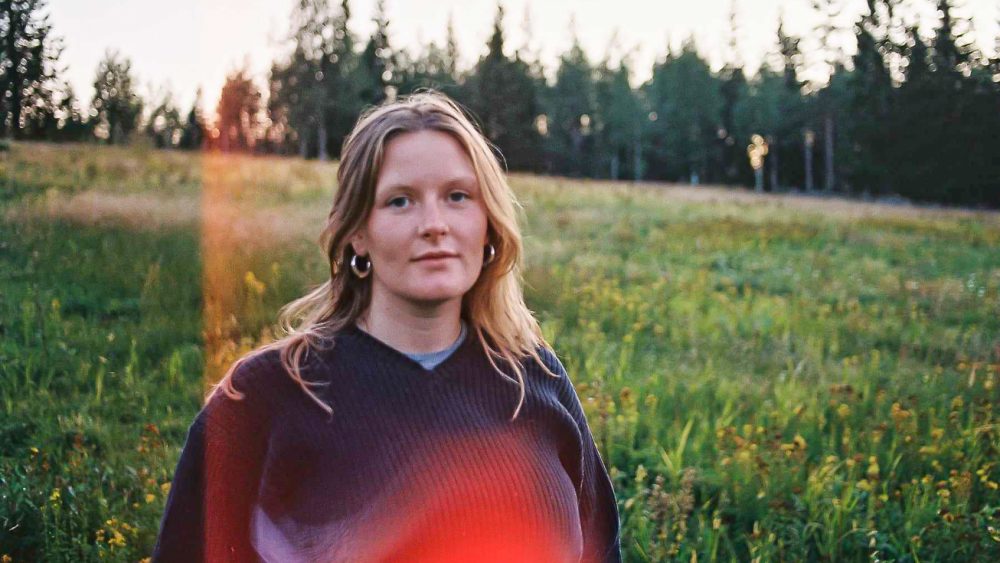
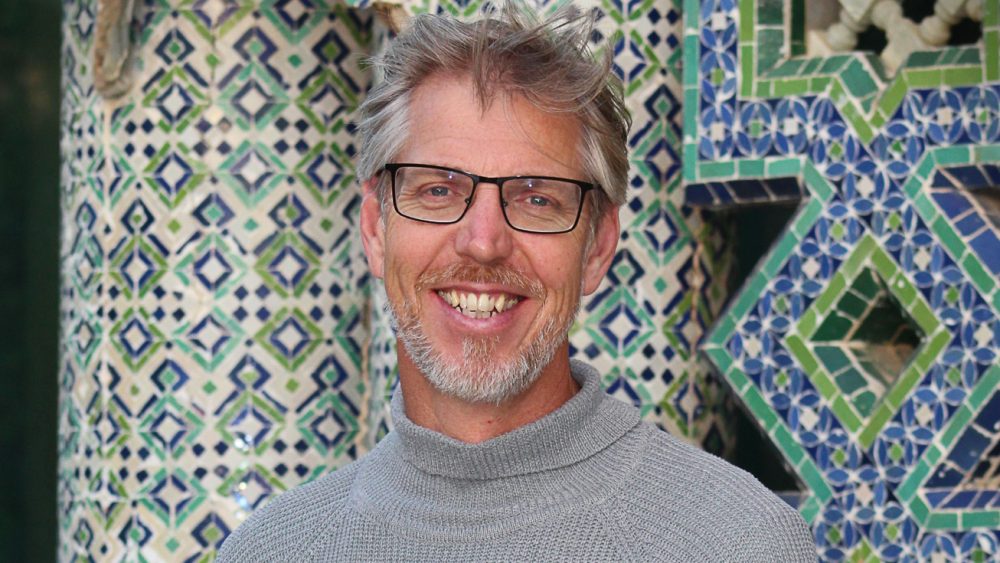
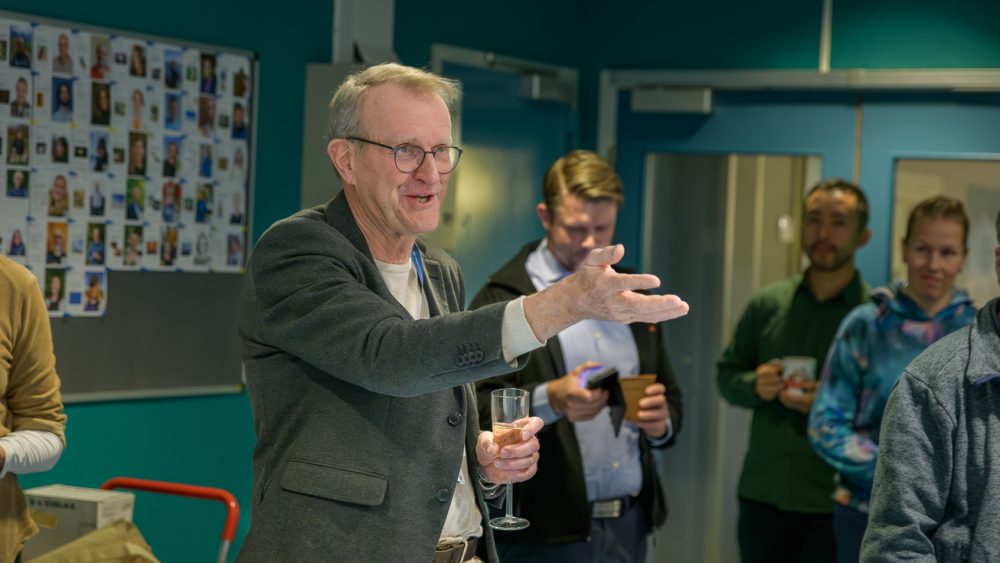
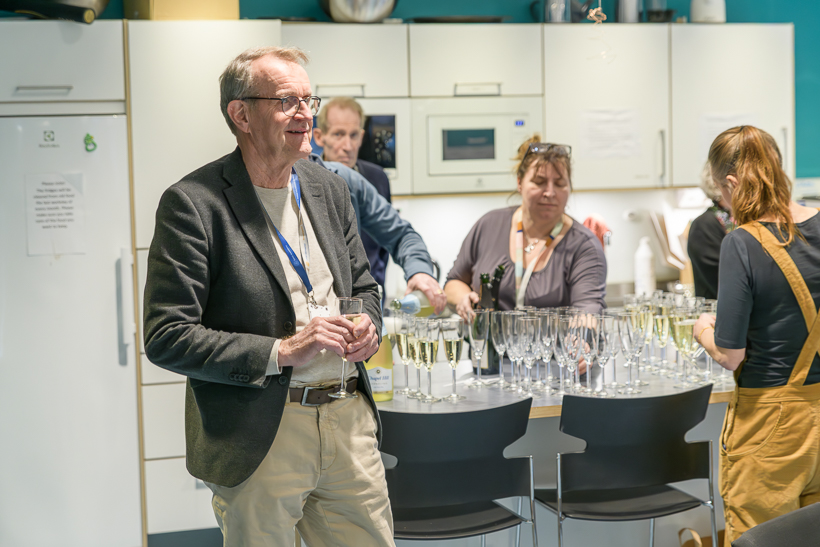 Först ut var Jessica Abbott som påminde Anders om att komma ihåg att säga upp sig i Primula.
Först ut var Jessica Abbott som påminde Anders om att komma ihåg att säga upp sig i Primula.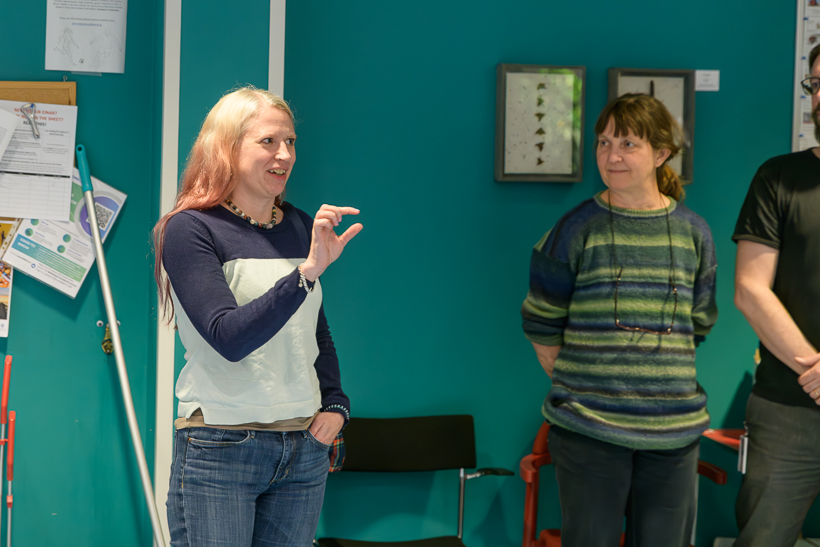 Staffan Bensch, avdelningschef på Evolutionär ekologi och infektionsbiologi, var bestämd med att Anders ska ägna mer tid åt fågelskådning än bridge som pensionär.
Staffan Bensch, avdelningschef på Evolutionär ekologi och infektionsbiologi, var bestämd med att Anders ska ägna mer tid åt fågelskådning än bridge som pensionär.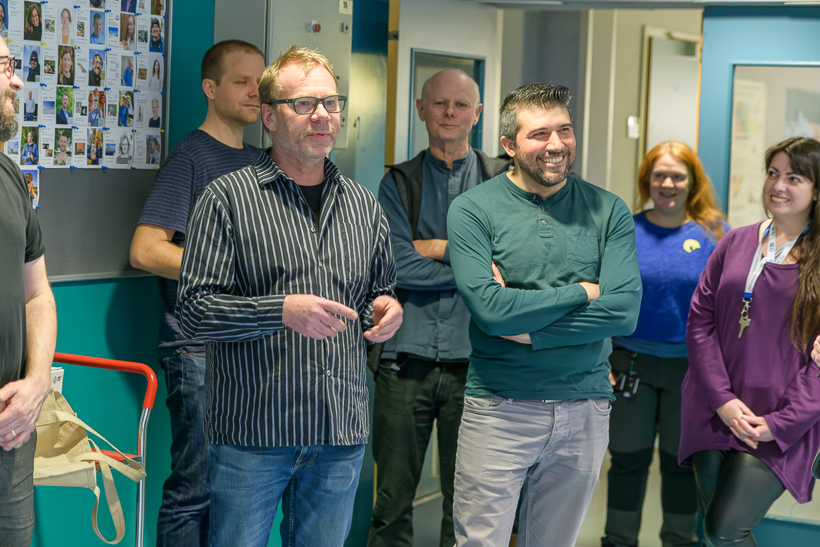
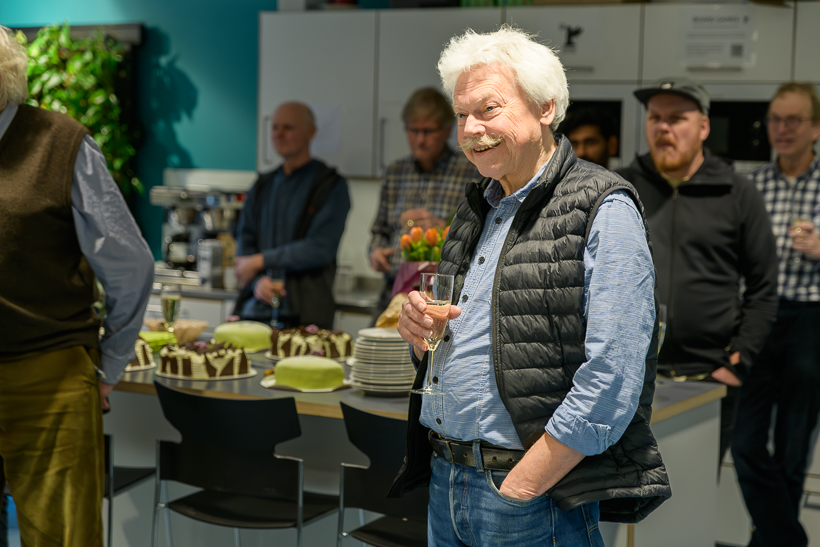
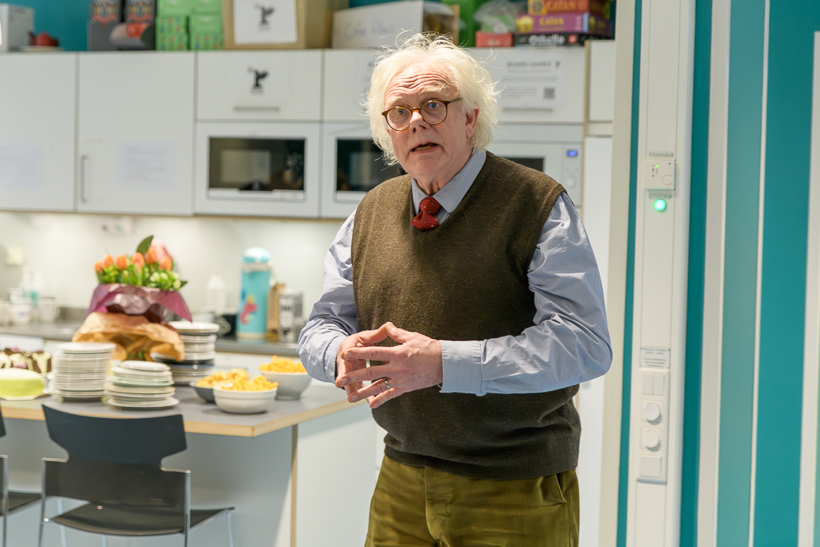
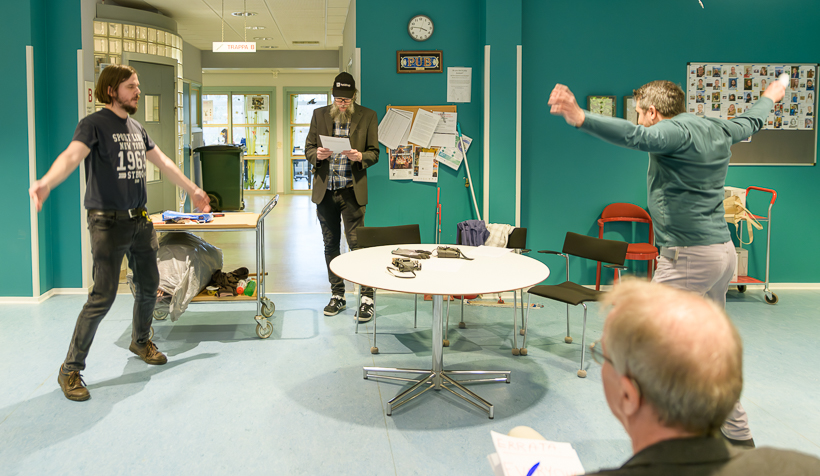
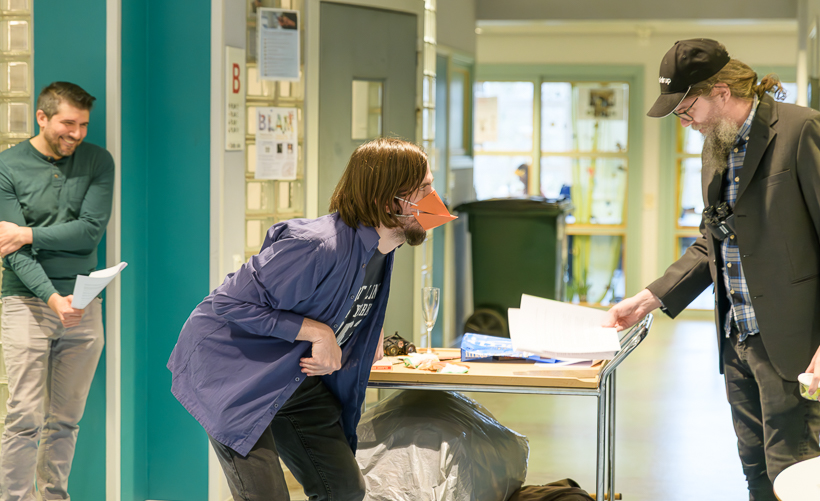
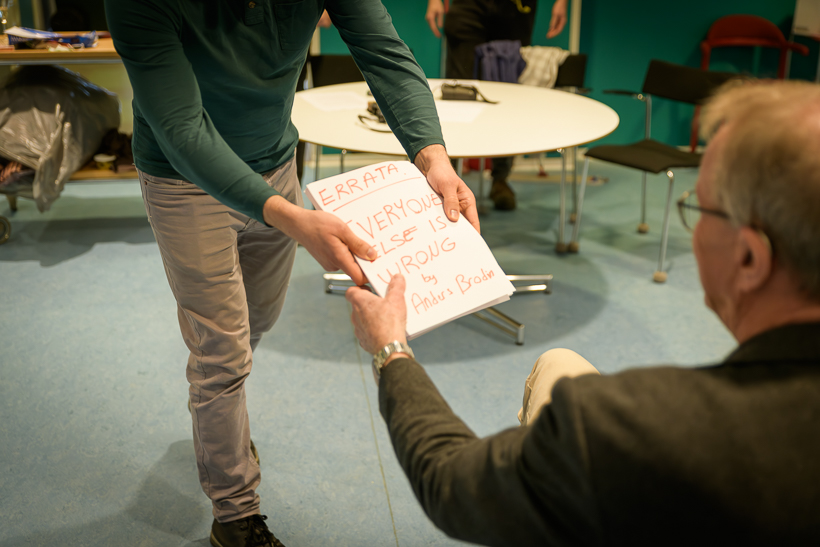
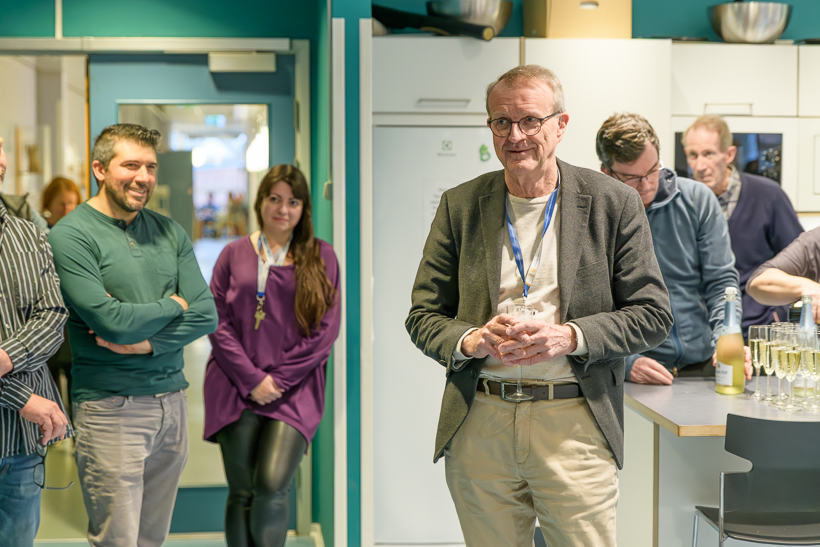
Kommentarer